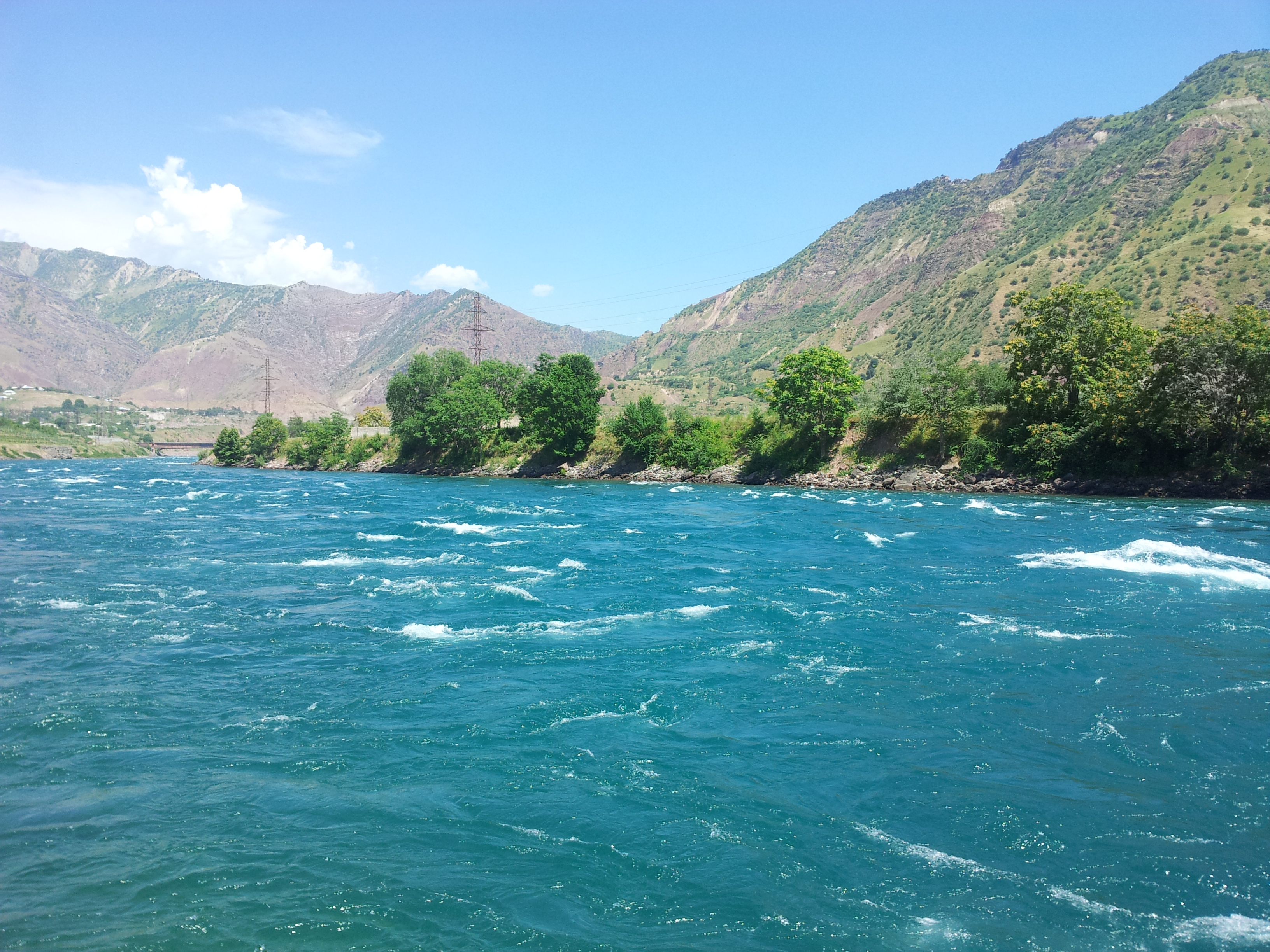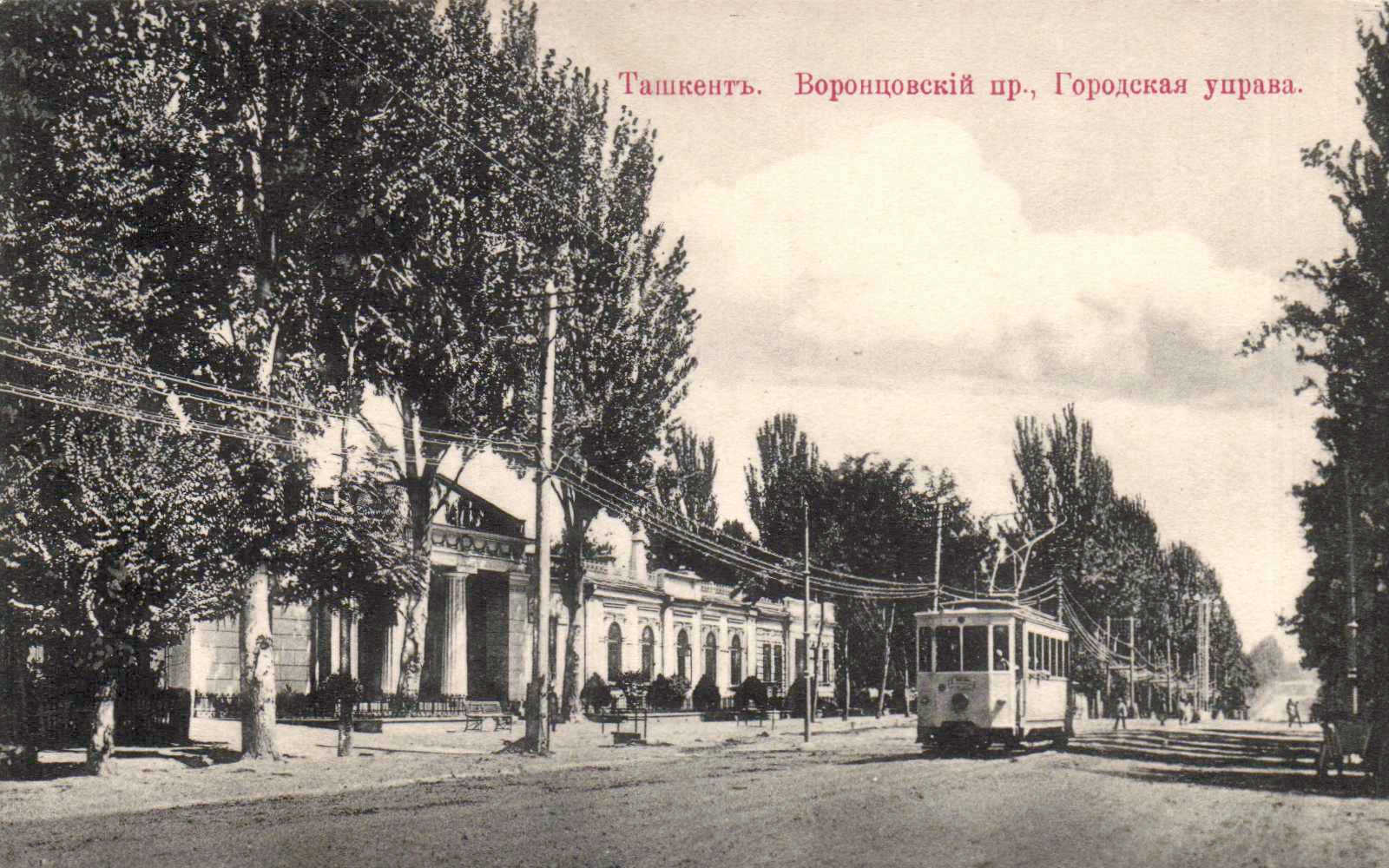|
Gharm
Gharm is a city and jamoat in the Rasht Valley area of central Tajikistan. The population of the town is 9,800 (January 2020 estimate). From the 1920s until 1955, there was a Gharm Oblast in Tajikistan, which included the territory of the current Gharm Valley. Gharm is also the former name of the Rasht District in central Tajikistan. History During the 1920s Gharm was a hotbed for the Basmachi, the anti-Soviet resistance in Central Asia. In 1929 Basmachi commander Faizal Maksum crossed from Afghanistan into Tajikistan and briefly captured Gharm, only to later be expelled by Soviet forces. During the Civil War in Tajikistan from 1992 to 1997, Gharm was a hotbed for the opposition force, and the town was controlled by the opposition during the later part of the civil war in Tajikistan. In October 2010, the Tajik Interior Ministry An interior ministry or ministry of the interior (also called ministry of home affairs or ministry of internal affairs) is a government department ... [...More Info...] [...Related Items...] OR: [Wikipedia] [Google] [Baidu] |
Rasht District
Rasht District ( ''Nohiyai Rasht'', formerly called ''Gharm District'') is a district in Tajikistan, one of the Districts of Republican Subordination. It lies between the city of Vahdat in the west and Lakhsh District in the east; its southern neighbors are Nurobod, Sangvor, and Tojikobod districts; its northern border runs along the eastern finger of Sughd Region and along the international border with Kyrgyzstan. Its capital is the town of Gharm. The population of Rasht District are known as Gharmi Tajiks. The population of the district is 127,400 (January 2020 estimate). Administrative divisions The district has an area of about and is divided administratively into two towns and twelve jamoats. They are as follows:Jamoat-level basic indicators United Nations Development Programme in Tajikistan, ac ... [...More Info...] [...Related Items...] OR: [Wikipedia] [Google] [Baidu] |
Gharm Oblast
The Gharm Oblast was an oblast in the Tajik Soviet Socialist Republic in the Soviet Union from the 1920s to 1955. Its capital was Gharm. The population of Gharm were known as Gharmis, a term still used in Tajikistan today. History In the 1920s, during the reorganization of borders in Central Asia, a Gharm oblast was created out of the old Qarategin and Darvaz, districts of the Emirate of Bukhara. The ''Gharm Oblast'' consisted of much of the Qarategin Valley, as well as the Kalai-Khumb District. During the 1920s Gharm was a hotbed for the Basmachi, the anti-Soviet resistance in Central Asia. In 1929 Basmachi commander Faizal Maksum crossed from Afghanistan into Tajikistan and briefly captured the city Gharm, only to later be expelled by Soviet forces. The 1939 Soviet Census record a population of 183,100 in the Gharm Oblast. During the 1950s much of the population of Gharm was forcibly relocated by the government to western Tajikistan (Vakhsh valley). This population of p ... [...More Info...] [...Related Items...] OR: [Wikipedia] [Google] [Baidu] |
Civil War In Tajikistan
The Tajikistani Civil War,, group=pron also known as the Tajik Civil War, began in May 1992 and ended in June 1997. Regional groups from the Garm and Gorno-Badakhshan regions of Tajikistan rose up against the newly formed government of President Rahmon Nabiyev, which was dominated by people from the Khujand and Kulob regions. The rebel groups were led by a combination of liberal democratic reformers and Islamists, who would later organize under the banner of the United Tajik Opposition. The government was supported by Russian military and border guards. The main zone of conflict was in the country's south, although disturbances occurred nationwide. The civil war was at its peak during its first year and continued for five years, devastating the country. An estimated 20,000 to 150,000 people were killed in the conflict, and about 10 to 20 percent of the population of Tajikistan were internally displaced. On 27 June 1997, Tajikistan president Emomali Rahmon, United Tajik ... [...More Info...] [...Related Items...] OR: [Wikipedia] [Google] [Baidu] |
Tajikistan
Tajikistan, officially the Republic of Tajikistan, is a landlocked country in Central Asia. Dushanbe is the capital city, capital and most populous city. Tajikistan borders Afghanistan to the Afghanistan–Tajikistan border, south, Uzbekistan to the Tajikistan–Uzbekistan border, west, Kyrgyzstan to the Kyrgyzstan–Tajikistan border, north, and China to the China–Tajikistan border, east. It is separated from Pakistan by Afghanistan's Wakhan Corridor. It has a population of over 10.7 million people. The territory was previously home to cultures of the Neolithic and the Bronze Age, including the Bactria–Margiana Archaeological Complex, Oxus civilization in west, with the Indo-Iranians arriving during the Andronovo culture. Parts of country were part of the Sogdia, Sogdian and Bactria, Bactrian civilizations, and was ruled by those including the Achaemenid Empire, Achaemenids, Alexander the Great, the Greco-Bactrian Kingdom, Greco-Bactrians, the Kushan Empire, Kushans, the Kid ... [...More Info...] [...Related Items...] OR: [Wikipedia] [Google] [Baidu] |
Districts Of Republican Subordination
Districts under Tajikistan Central Government Jurisdiction, also translated as Districts of Republican Subordination or Districts under Republic(an) Subordination (; , Latin Tajik alphabet: ), is a region in Tajikistan, consisting of 9 districts and 4 district-level cities that are directly under central administration. Dushanbe, the capital of Tajikistan, is surrounded by the Districts under Central Government Jurisdiction, but not part of it. The region shares a border with Dushanbe, Sughd, GBAO, Khatlon, Kyrgyzstan ( Batken and Osh regions) and Uzbekistan ( Surxondaryo). The region covers an area of 28,500 square kilometres, and has a total population of 2,165,900 (2020). The Districts' ethnic composition in 2010 was 85% Tajik and 11.7% Uzbek. History After the dissolution of Stalinabad Oblast in 1951, the territories of the former province became directly subordinate to the government of the Tajik SSR, which is how the name came about. In 1955, the Gharm Oblast was di ... [...More Info...] [...Related Items...] OR: [Wikipedia] [Google] [Baidu] |
Districts Of Tajikistan
, the regions of Tajikistan Administratively, Tajikistan is divided into: * one autonomous region (; ) * two regions (, ), sing. , , ) * the districts under republic subordination * the capital city, Dushanbe. List of regions ;Notes: Administrative divisions Eac ... are subdivided into 47 districts (, ''nohiya'' or , ''rayon''), not including 4 districts belonging to the capital city Dushanbe, and 18 cities of regional subordination (including Dushanbe, an extraregional capital city). Before ca. 2017, there were 58 districts.''Socio-Economic Atlas of Tajikistan'' World Bank (2005)''Republic of Tajikistan'', map showing administrative division as of January 1, 2004, "Tojjikoinot" Cartographic Press, Dushanbe The districts are further subdivided into municipal uni ... [...More Info...] [...Related Items...] OR: [Wikipedia] [Google] [Baidu] |
Rasht Valley
The Rasht Valley (; ) is located in Tajikistan and composes a significant portion of the Region of Republican Subordination, including the five districts of Lakhsh, Rasht, Tavildara now Sangvor, Tajikobod and Nurabad. Historically the Rasht Valley has been called Karotegin or Karategin. During the 1992-1997 Tajikistan Civil War, the region was a stronghold for forces opposed to the government of Emomalii Rahmon and became the site of numerous battles. Notably, four members of the United Nations Mission of Observers in Tajikistan were murdered in the Garm district in 1998. From the 1920s until 1955 the Rasht Valley was within the Gharm Oblast. History Karotegin is the historic name of the Rasht Valley and a historic political region in pre-Soviet Central Asia that is today part of Tajikistan. The Karotegin region was also named Garm, though Garm is also the name of a city and a regional group of Garmi Tajiks. Karotegin frequently appears in its alternative spellings, Qa ... [...More Info...] [...Related Items...] OR: [Wikipedia] [Google] [Baidu] |
Jamoats Of Tajikistan
The jamoats of Tajikistan (; , "village communes") are the third-level administrative divisions, similar to communes or municipalities, in the Central Asian country of Tajikistan. As of January 2020, there are 368 rural jamoats, 65 urban-type settlement, towns and 18 cities in Tajikistan. Each jamoat is further subdivided into villages (or ''deha'' or ''qyshqol'') The jamoats and towns, and their population figures (as of January 2015) by district of each region are listed below:Jamoat-level basic indicators United Nations Development Programme in Tajikistan, accessed 2 October 2020 Sughd Region Districts of Republican Subordination Khatlon Region Gorno-Badakhshan Autonomous Region References ...
|
Basmachi
The Basmachi movement (, derived from ) was an uprising against Imperial Russian and Soviet rule in Central Asia by rebel groups inspired by Islamic beliefs. It has been called "probably the most important movement of opposition to Soviet rule in Central Asia". The movement's roots lay in the anti-conscription violence of 1916 which erupted when the Russian Empire began to draft Muslims for army service in World War I. In the months following the October 1917 Revolution, the Bolsheviks seized power in many parts of the Russian Empire and the Russian Civil War began. Turkestani Muslim political movements attempted to form an autonomous government in the city of Kokand, in the Fergana Valley. The Bolsheviks launched an assault on Kokand in February 1918 and carried out a general massacre of up to 25,000 people. The massacre rallied support to the Basmachi who waged a guerrilla and conventional war that seized control of large parts of the Fergana Valley and much of Turkesta ... [...More Info...] [...Related Items...] OR: [Wikipedia] [Google] [Baidu] |
Faizal Maksum
Faizal Maksum was one of the leaders of an anti-Soviet group known as the Basmachi and led an organized resistance against the Soviet military occupation of Central Asia in the 1920s. Maksum was loyal to the ousted Emir of Bukhara and operated primarily on the border of the Soviet republic of Tajikistan and Afghanistan. In 1929 Faizal Maksum led a raid from Afghanistan into Tajikistan during the short reign of the Afghan Emir Habibullāh Kalakāni. In this raid his forces briefly captured the town of Garm in central Tajikistan, until Soviet forces, supplied by air, expelled Basmachi forces from the town. After the final capture of the Darvoz District by the Bolsheviks, Faizal Maksum fled to the East Turkestan in China. In the mid-1930s, he was murdered by Soviet spies in Kashgar Kashgar () or Kashi ( zh, c=喀什) is a city in the Tarim Basin region of southern Xinjiang, China. It is one of the westernmost cities of China, located near the country's border with Kyrgyzstan ... [...More Info...] [...Related Items...] OR: [Wikipedia] [Google] [Baidu] |
Soviet Studies
''Europe-Asia Studies'' is an academic peer-reviewed journal published 10 times a year by Routledge on behalf of the Institute of Central and East European Studies, University of Glasgow, and continuing (since vol. 45, 1993) the journal ''Soviet Studies'' (vols. 1–44, 1949–1992), which was renamed after the dissolution of the Soviet Union. The journal focuses on political, economic and social affairs of the countries of the former Soviet bloc and their successors, as well as their history in the 20th century. Both Europe-Asia Studies and Soviet Studies are available online with subscription via JSTOR from 1949 to 2016 with a 7-year moving wall (updated 1 year ago). The full collection of 76 volumes published from 1949 to 2024 can be accessed on Taylor & Francis. See also * '' Central Asian Survey'' * '' Problems of Post-Communism'' References External links''Europe-Asia Studies''@ JSTOR''Soviet Studies''@ JSTOR JSTOR ( ; short for ''Journal Storage'') is a digital libr ... [...More Info...] [...Related Items...] OR: [Wikipedia] [Google] [Baidu] |



